The triathlete’s guide to running shoes
A guide to help you know what to look for when it comes to picking running shoes
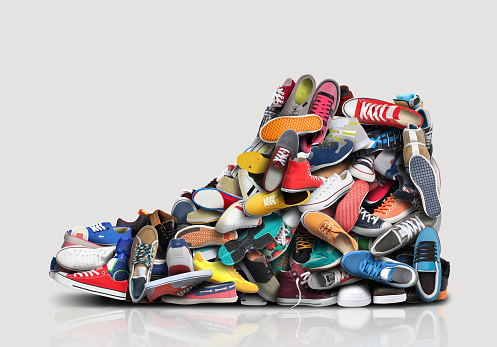 Photo by:
Getty Images
Photo by:
Getty Images
There are hundreds of running shoes on the market, which can be overwhelming for any buyer, and especially for the new triathlete. Even avid runners and experienced triathletes aren’t always up to date on the latest and greatest in shoe technology, so if you’re heading out to buy a new pair, here’s the Coles Notes version on each kind of shoe so you know what you’re looking for.
It’s important to note that most runners and serious triathletes have one or two pairs of running shoes on the go at a time, selecting one shoe or the other depending on what type of running they’re doing that day. Purchasing two pairs of shoes will prolong the life of both and allow you to have the best shoe for your workout. While this isn’t necessary when you’re getting started, it’s something to consider as you incorporate a wider variety of running into your schedule, like a weekend trail run or Wednesday evening track session.
Here’s a look at shoes that are most likely to fit a triathlete’s needs.
Trainers
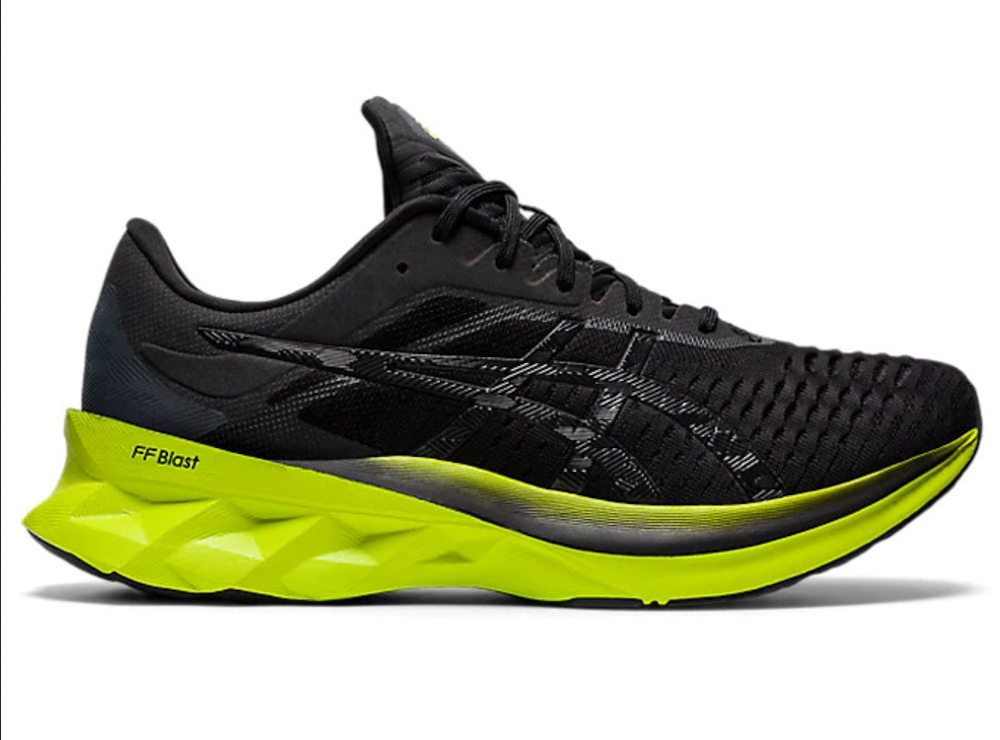
Easy-day shoes (or trainers) are what most new runners and triathletes are looking for. They’re affordable, reliable and the perfect shoe for every runner’s lineup. Runners want their easy-day shoe to feel comfortable and stable on the foot. Examples are the Nike Pegasus, Saucony Ride and Asics NovaBlast.
These shoes might be for you if: you run. This is the type of shoe I would recommend for the beginner runner as their first pair of shoes, or for the experienced runner to have on rotation for their easy days.
Look elsewhere if: you only want to trail run.
Flats
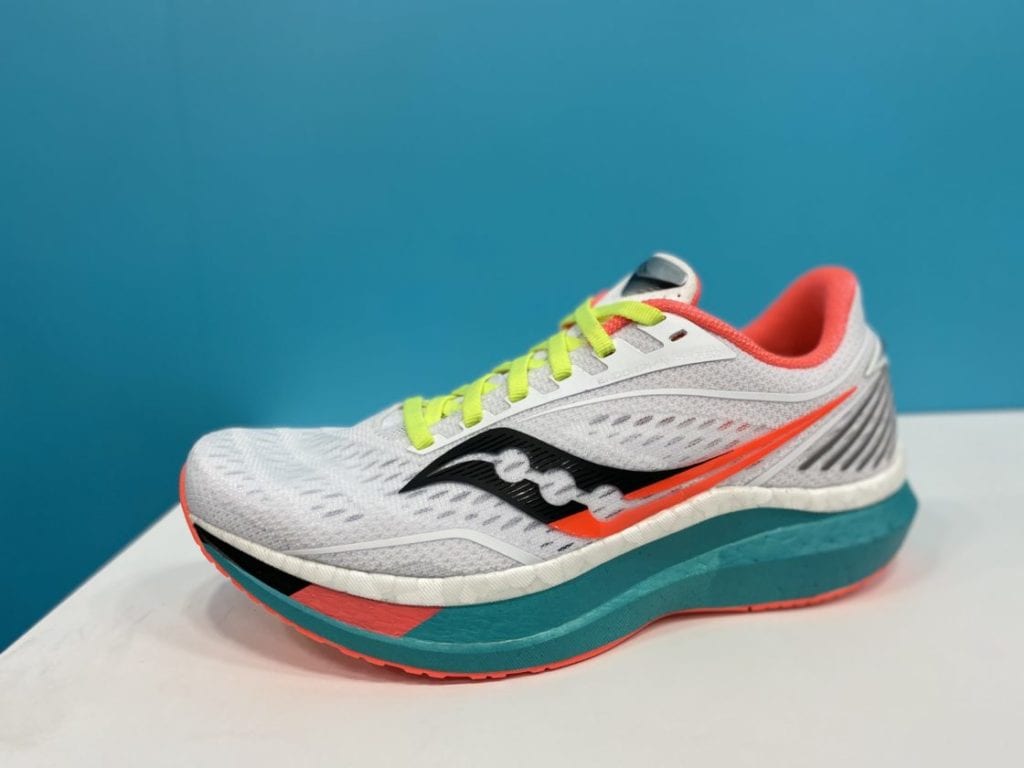
Flats are speed shoes to be worn for a fast day on the track or roads. These shoes are slight, stiff and snappy. Examples of flats are the New Balance 1400, the Saucony Endorphin Speed or the Nike Zoom Fly. These are the shoes you’d wear for interval work at a moderate-to-fast pace. To prolong the life of these shoes, they shouldn’t be worn during warmup or cool down – get yourself a pair of trainers for those easy miles.
These shoes might be for you if: you’re looking to join a team with structured workouts and want a lighter shoe for your fast days. These shoes would be purchased as a second pair for someone who’s considering racing or increasing training intensity. Flats are also a great option if you’re looking for an affordable race-day shoe.
Look elsewhere if: you’re coming back from an injury and need more cushioning, or you’re only looking to purchase one pair of shoes.
Carbon-plated flats
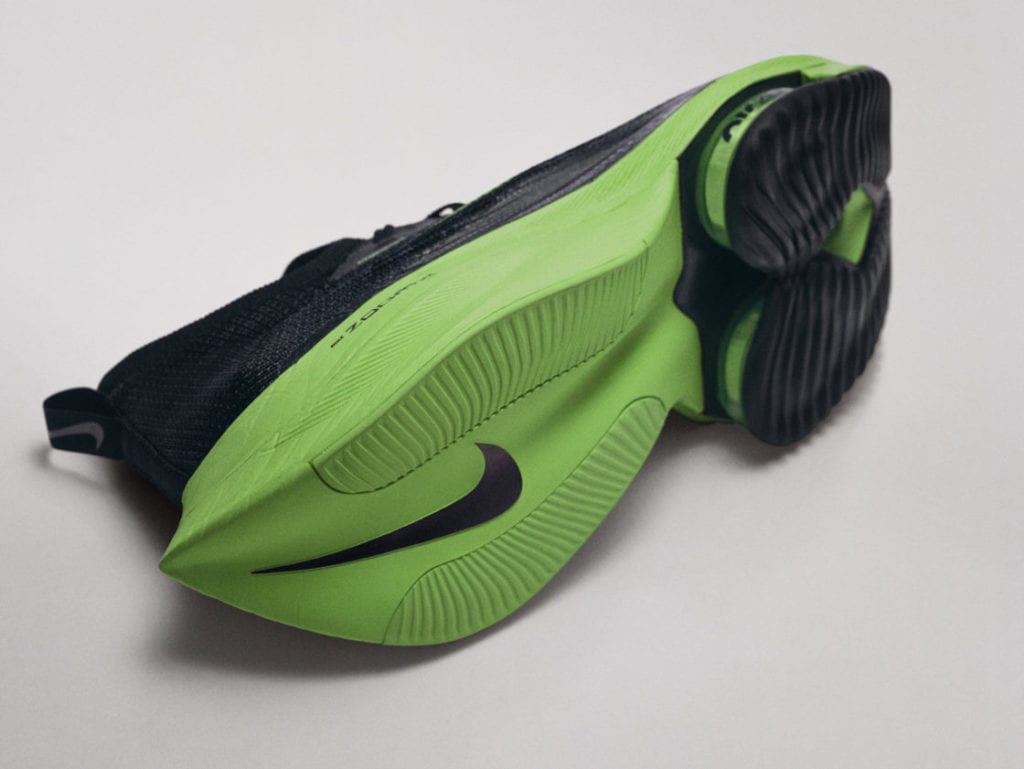
There are good old-fashioned flats (like those mentioned above) and then there are carbon-plated flats, which are more expensive and designed almost exclusively for racing. These can be purchased by experienced triathletes looking to run a personal best or a higher spot on the podium, and worn sparingly, as they’re very expensive and wear out quickly. Examples of carbon-plated flats are the Nike Alphafly, Brooks Hyperion Elite, Saucony Endorphin Pro or the Asics Metaracer. Purchase these shoes if you’re really serious about going fast.
These shoes might be for you if: run splits are critical to your success in a triathlon, performance matters to you and you’ve got the budget to spend some cash on your footwear.
Look elsewhere if: your main goal is to finish rather than aim for the podium. These shoes are really for maximizing performance. If you’re running for general health or social reasons, this shoe might not be for you.
Related: Frodeno’s fast footwear
Long-run shoes
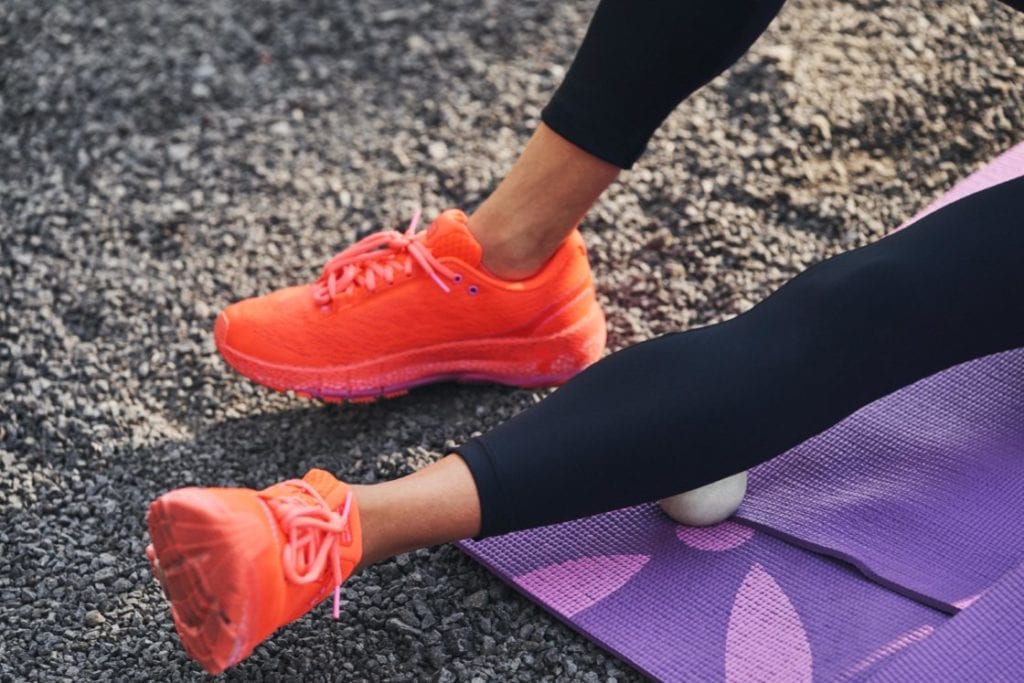
For your long-run shoe, you want a trainer that’s a little more substantial. This shoe needs to get you through your biggest mileage of the week, so you want it to be sturdy (and think about how good that distance will feel when you put lighter shoes on in a few weeks’ time).
You want your long run shoe to be comfortable and highly cushioned. Examples of this would be the Under Armour Machina, the Nike Vomero or the ASICS EvoRide.
These shoes might be for you if: you’re training for a half- or full-distance (half Ironman or Ironman) race or love running big miles.
Look elsewhere if: you rarely run over 10K at a time.
Gym Shoes
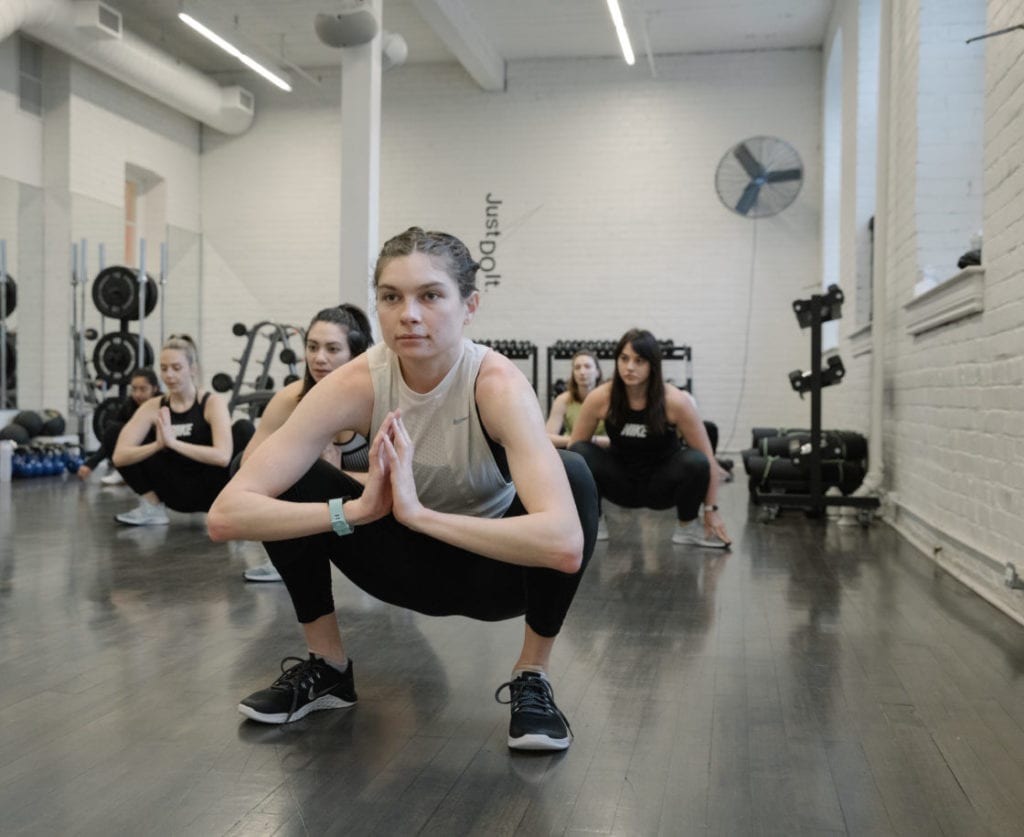
Gym shoes are flat and stable, with minimal cushioning – ideal for lifting and strength work. While they’ve totally got their place in a triathlete’s shoe lineup, don’t plan to wear them for running. That’s a serious no-go.
If you’re looking for a one-shoe-to-do-it-all, opt for a trainer with a fairly flat bottom. This will provide better cushioning over just a gym shoe. Your shins will thank you.
These shoes might be for you if: you’re a triathlete who also likes to lift and you’ve got the budget for multiple pairs of shoes.
Look elsewhere if: you plan on running even a little bit. This shoe is for lifting weights and shouldn’t be worn running.
Stability shoes
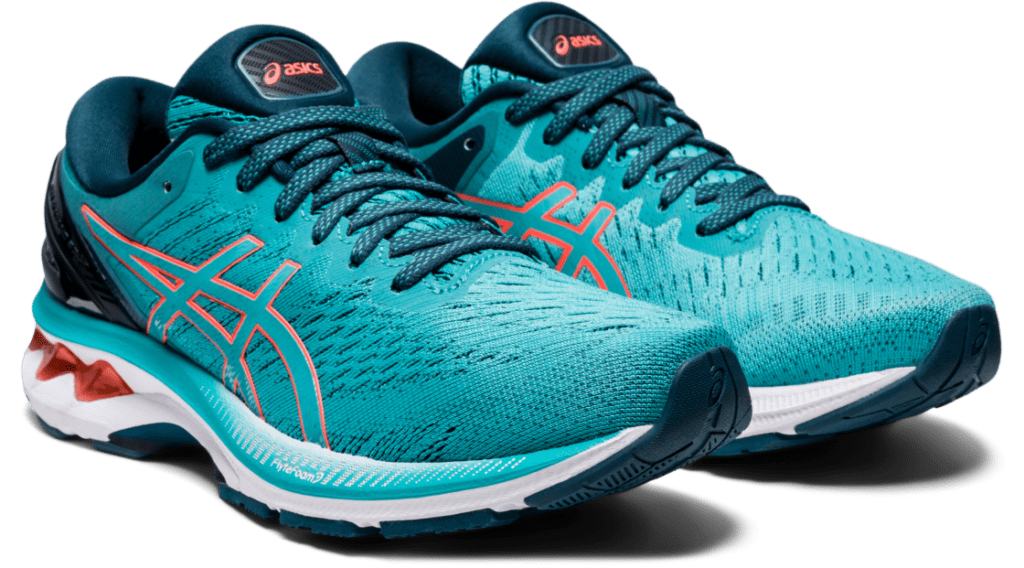
Stability shoes are built for runners who overpronate. Pronation is the foot and ankle’s natural inward roll when a runner’s foot contacts the ground and is totally normal, however, some runners pronate excessively on each step, and would benefit from stability shoes, which offer more support and correction to this movement. Stability shoes tend to run on the heavier side and would typically be worn for a long or easy run (the ASICS Gel-Kayano is a great example of this), but the New Balance 1500 is a speed flat that offers very light posting through the midsole (propping the foot up ever so slightly).
These shoes might be for you if: you’re an overpronator who doesn’t feel comfortable in a neutral shoe or has been told by a medical professional to try a stability shoe.
Look elsewhere if: you’ve got a neutral foot or have never attributed injury to your neutral shoes.
Related: Triathlon-friendly running shoes
Winter running shoes
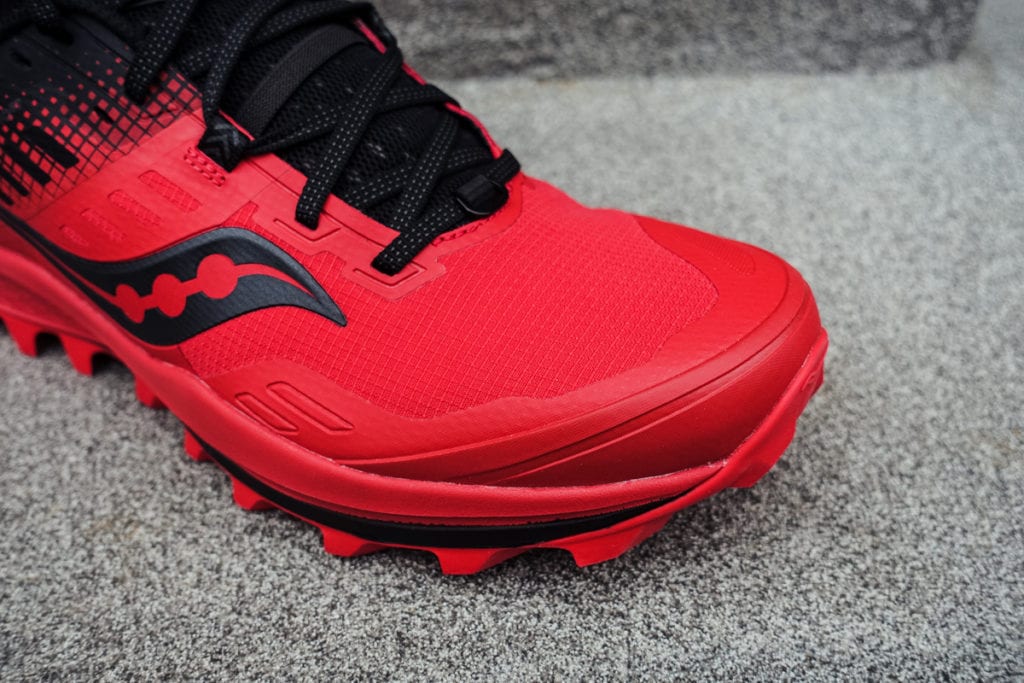
If you live in Canada (well, anywhere but the west coast) and you plan to run outside in winter, a pair of winter running shoes come in handy. These shoes are typically a water-resistant version of a trainer that the company already sells (for example, Nike has a winter version of the Pegasus). If you’re a treadmill kind of winter runner, then there’s no need for these guys, but if you hit the streets all year long, the deeper grooves and subsequently improved grip are a good idea to combat icy and snowy sidewalks.
These shoes might be for you if: you live in a snowy area and run year-round.
Look elsewhere if: you’re a gym-goer who usually runs on the treadmill in the winter.
